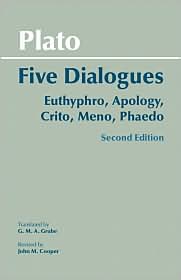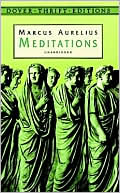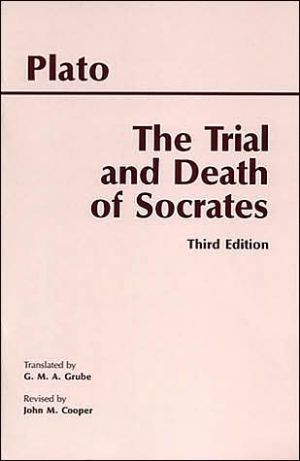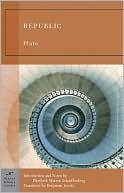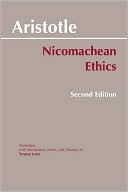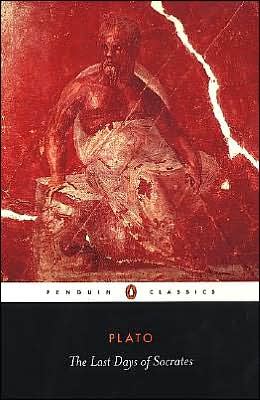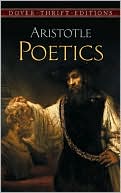Theories of the Sign in Classical Antiquity (Advances in Semiotics Series)
"It’s the first book which revisits Greek and Latin theories of signs from the point of view of a profound classical scholarship and a paramount knowledge of contemporary semiotics debates."—Umberto Eco\ Available in English for the first time is Professor Manetti’s brilliant study of the origin of semiotics and sign theory. He seeks to discover the common thread that runs through the classical world from the very beginning of human thought to the fourth century A.D. In the "classical"...
Search in google:
"It's the first book which revisits Greek and Latin theories of signs from the point of view of a profound classical scholarship and a paramount knowledge of contemporary semiotics debates." — Umberto EcoAvailable in English for the first time is Professor Manetti's brilliant study of the origin of semiotics and sign theory. He seeks to discover the common thread that runs through the classical world from the very beginning of human thought to the fourth century A.D. In the "classical" tradition he sees a concept of the sign which is significantly different from that currently in use.
AcknowledgmentsIntroduction1Mesopotamian Divination11.0Divination in Mesopotamian culture11.1Divination and writing21.2The writing of the gods51.3An "ante litteram" semiology61.4The passage from protasis to apodosis71.5The rendering explicit of the encoding rules122Greek Divination142.0Divination and knowledge142.1Two types of divination192.2Two models of oracular divination232.3The problem of interpretation in literary uses of oracles242.4The sign as challenge: divination and riddles292.5Competition, dialectic, rhetoric322.6Divination and persuasive interpretation323Signs and Semiosic Processes in Greek Medicine363.1Ambiguity of the prognosis373.2Magical medicine and magical semiotics393.3Criticism of magic and sacred semiotics403.4The forms of logical argumentation and "tekmerion"413.5Sight and the other senses413.6Analogy and conjecture433.7Analogical method and semiotic method443.8Semiotic method in the methodological treatises473.9The formal structure of the sign493.10Ancient expressive modules504Plato534.1Signs534.2Theory of language564.3Theory of language in Letter VII665Language and Signs in Aristotle705.1Theory of language and theory of the sign715.2The theory of the sign775.3The logical mechanism805.4A special type of non-linguistic sign: physiognomy845.5The undermining of knowledge gained through signs875.6Deduction and abduction906Theory of Language and Semiotics in the Stoic Philosophers926.1Theory of language936.2The theory of the sign977Inference and Language in Epicurus1117.1The truth criterion and Epicurean epistemology1127.2The forms of truth criterion1137.3The idols theory1137.4The theory of error and opinion1157.5Conjecture1167.6Inference from signs1187.7Prolepsis1197.8Theory of language1207.9The origin of language1217.10Epicurus and the "physis"/"nomos" tradition1228Philodemus: De Signis1248.1The sign relationship: "a priori" or "a posteriori"1248.2Elimination vs. inconceivability1268.3Common signs and particular signs1288.4Stoic criticism of Epicurean induction1298.5The Epicurean response in favor of induction1308.6Essential properties and incidental properties1318.7Modalities of inherentness of essential properties to their subjects1359Latin Rhetoric1399.1Cornificius and Rhetorica ad Herennium1419.2Cicero1449.3Quintilian15110Augustine15710.0Unification of the theory of signs and the theory of language15710.1The semiotic triangle and terminological stratification15810.2The relation of equivalence and the relation of implication15910.3Consequences of the unification of perspectives16010.4Language and information16110.5Expression and communication of the inner word16210.6Classifications16310.7Unlimited semiosis and "instructional" models167Notes169Bibliography179

